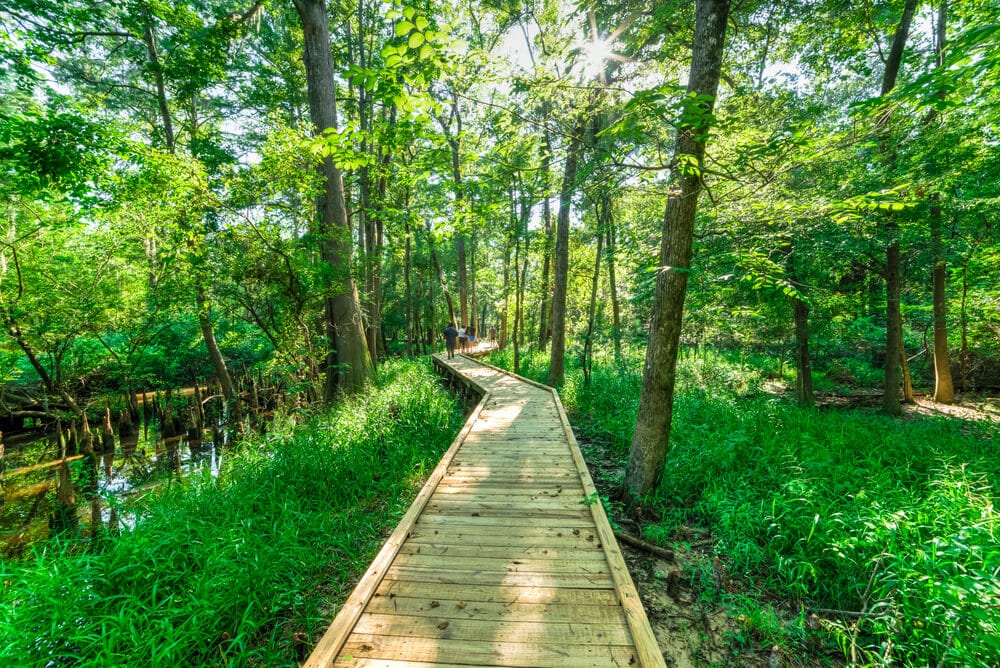
Situated within the arid confines of Eastern Washington, Ephrata unfurls a tapestry of evocative landscapes where the rugged beauty of the desert simmers beneath a boundless sky. The region’s hiking trails present an immersive exploration, weaving through undulating topography, sagebrush-laced paths, and dramatic rock formations. Here, the intersection of aridity and adventure beckons hikers to traverse the terrain, revealing the allure of both solitude and the collective experience of nature’s artistry. Below are five captivating hiking trails that exemplify the unique charm of hiking in this desert enclave.
1. Kittitas Trail
The Kittitas Trail stands as a testament to the understated beauty of Ephrata’s desert. Spanning approximately 3.5 miles, this trail is often characterized by its relatively gentle ascent. Wandering through a mélange of prickly pear cacti and resilient junipers, hikers are offered a panoramic vista of the surrounding valleys. The trail winds like a river, meandering through the arid landscape, cultivating a sense of intimacy with the environment. The culmination of the trail reveals a stunning overlook, capturing the sun as it melts into the horizon, igniting the sky with hues of orange and violet—nature’s own artistry, crafted in the ephemeral twilight.
2. Saddle Mountain Loop
For those who seek a more strenuous undertaking, the Saddle Mountain Loop presents an enticing challenge. This trail spans approximately 5 miles and exhibits a more rugged demeanor as it ascends to an elevation of 3,600 feet. The path weaves through ancient basalt formations that stand as silent sentinels over the fertile lands below. The interplay between the rocky outcrops and the lush undergrowth creates a vivid tableau. Along the course of the hike, wildflowers liberally sprinkle the landscape, providing bursts of color against the stark rock face. Eventually, the ascent delivers hikers to an expansive summit where the vastness of the Columbia Basin unfolds—a panorama that acts as a reminder of the boundless beauty lurking within the heart of the desert.
3. Sun Lakes State Park
Sun Lakes State Park offers a different facet of desert hiking with its distinctively unique landscapes shaped by glacial actions. The trails here meander alongside shimmering lakes, flanked by steep cliffs that evoke an ethereal contrast to the dry terrain. With over 15 miles of trails to explore, hikers can lose themselves in the myriad of routes available. One particularly scenic section glides around the edge of Sun Lake, where the cerulean waters mirror the cloudless sky above. The serenity of the park serves as an oasis in the vast expanse of the area, inviting hikers to stop, reflect, and absorb the tranquility encapsulated in every gentle ripple. The juxtaposition of water against the arid land offers a metaphorical narrative—life exists in surprising forms amidst perceived desolation.
4. Blanchard Mountain Trail
The Blanchard Mountain Trail beckons with an enticing promise: an elevation gain of nearly 2,000 feet over a distance of 7 miles. This trail aids in encapsulating the essence of what it means to hike in a desert environment brimming with diversity. As the ascent continues, the desert flora transitions to include sprawling coniferous growth, revealing an ecosystem that thrives against the odds. This hike exudes an exhilarating blend of challenge and discovery, inviting hikers to revel in the dynamic interplay between elevation and environment. At its peak, the trail offers an unfiltered vista of expansive canyons and rugged cliffs, echoing the pursuit of enchantment that drives so many nature enthusiasts. The expansive view exemplifies the breadth of freedom found in the wilderness.
5. Dry Falls Trail
The Dry Falls Trail poignantly exemplifies the awe-inspiring remnants of a glacial epoch, with the now-submerged waterfall providing a striking reminder of nature’s transformative power. This 1.5-mile trail encapsulates the drama of immense geological shifts as it traverses past cliffs that once witnessed the grandeur of cascading water. The trail features interpretive signs, which allow one to ponder the grandeur of the landscape—an intersection of history and geology that elucidates the once-thundering flow of water cutting through the Earth. The grandeur of the cliffs reflects the mythology of forgotten times, framing one’s experience in the desert with a sense of reverence and wonder. Each step along this path is steeped in the resonant echoes of our planet’s rich narrative.
In summary, Ephrata’s desert landscapes offer an intriguing collection of hiking trails, each fostering a deep connection with nature. Through the juxtaposition of flora and topography, these trails create a mosaic of experiences that linger long after the hike is complete. Whether one seeks gentle paths or demanding ascents, the beauty of Eastern Washington’s deserts remains an alluring canvas for exploration and reflection. The desert, in all its starkness, becomes a metaphor for resilience and freedom, offering an escape that deeply connects hikers to the earth beneath their feet and the vast skies above.
